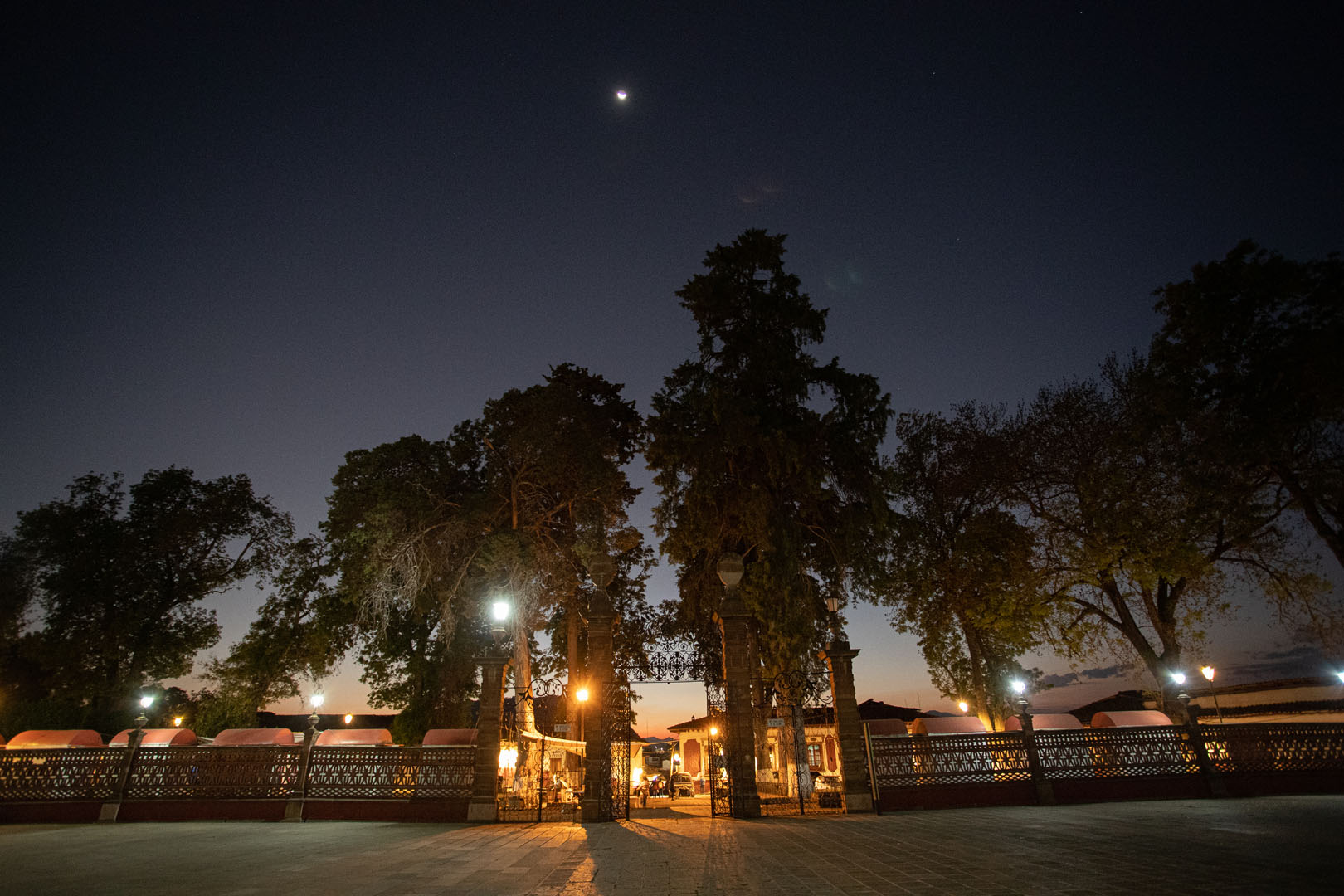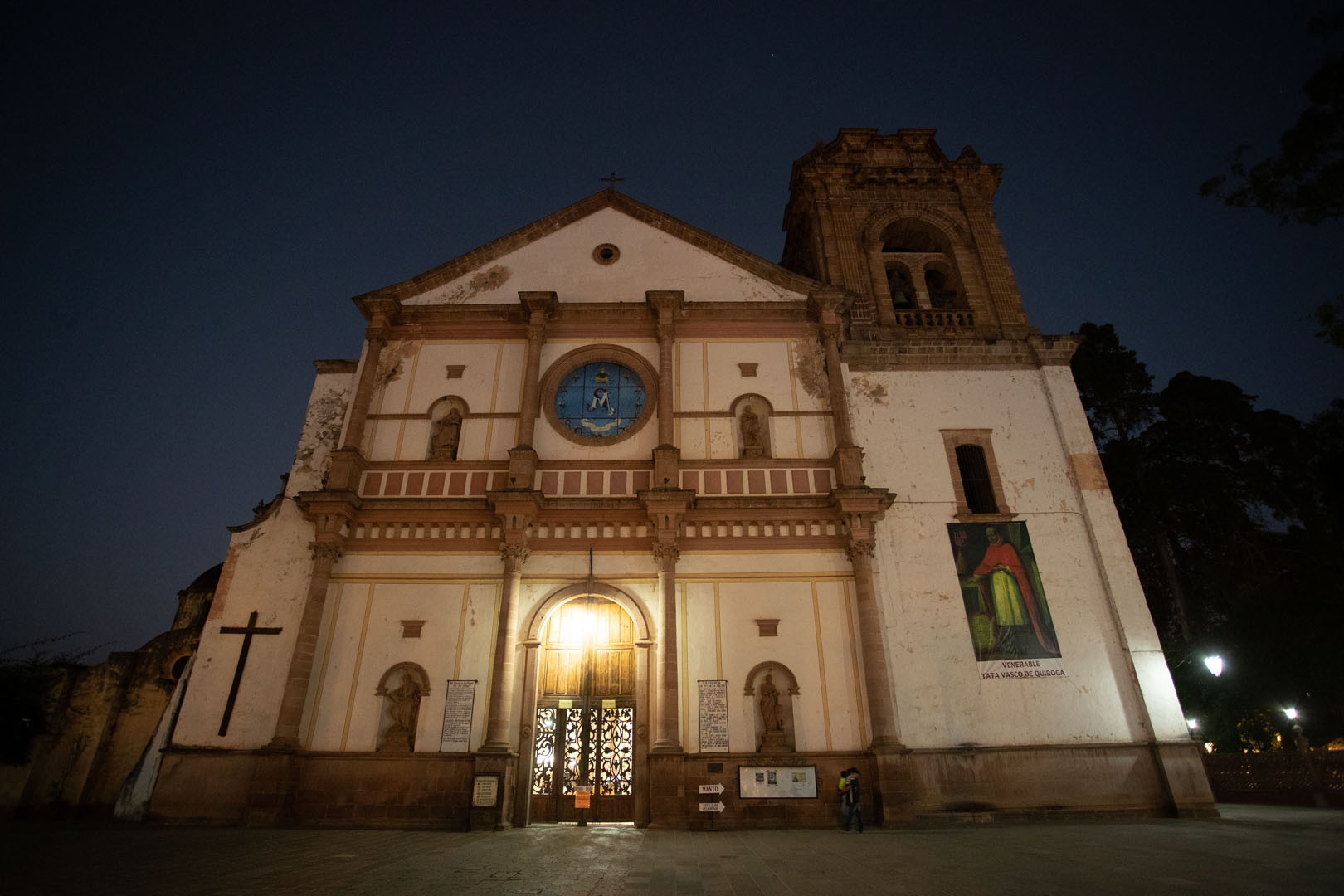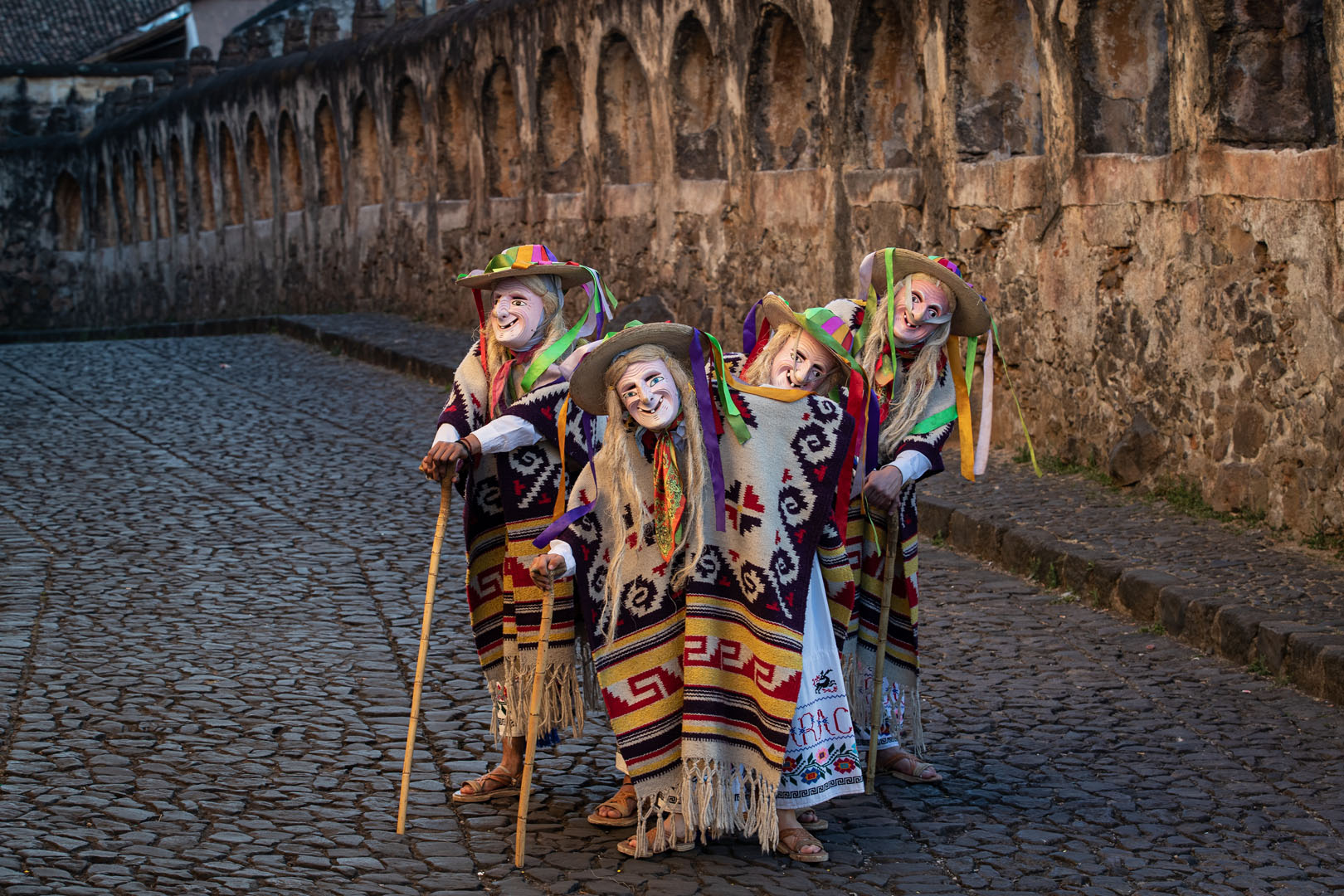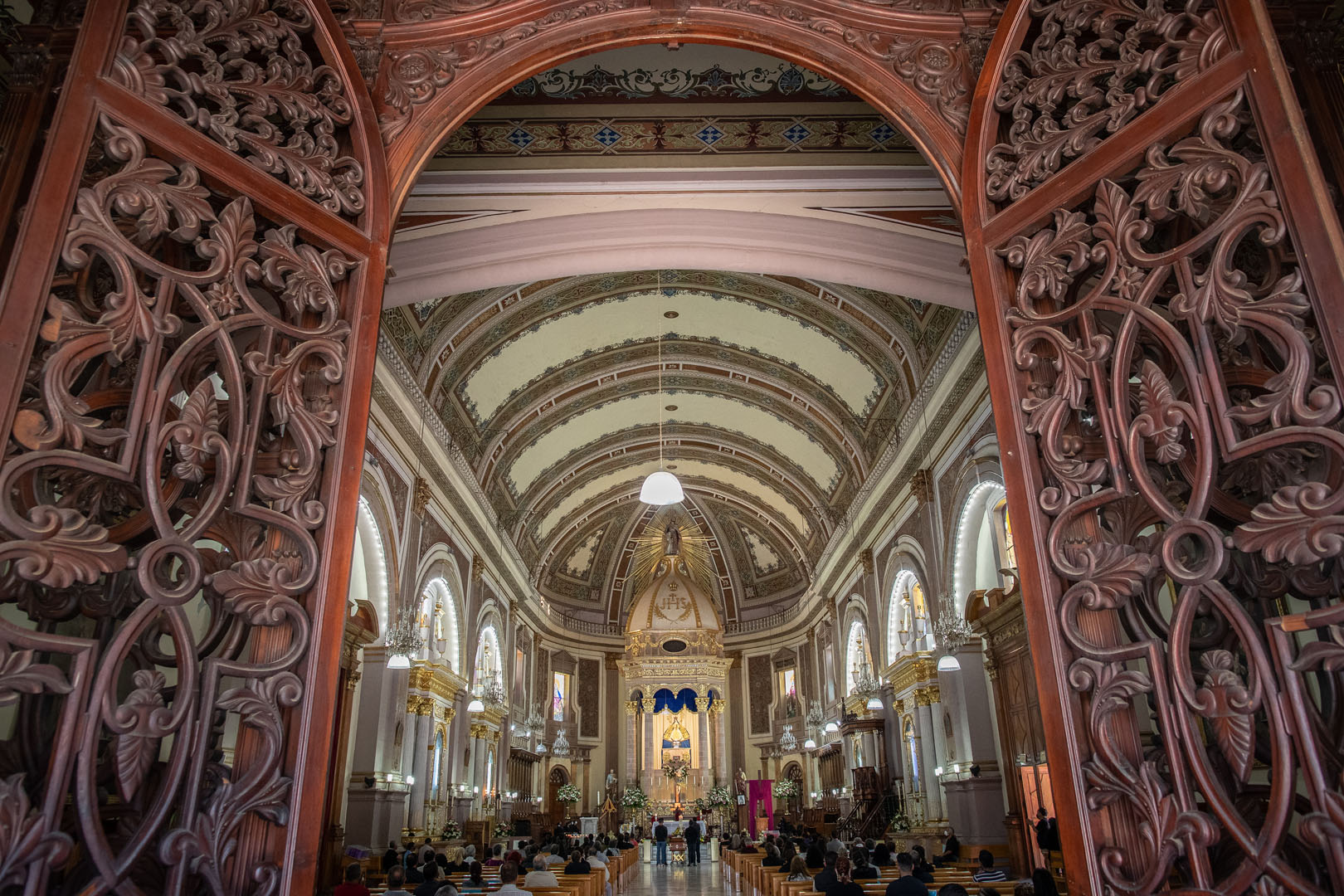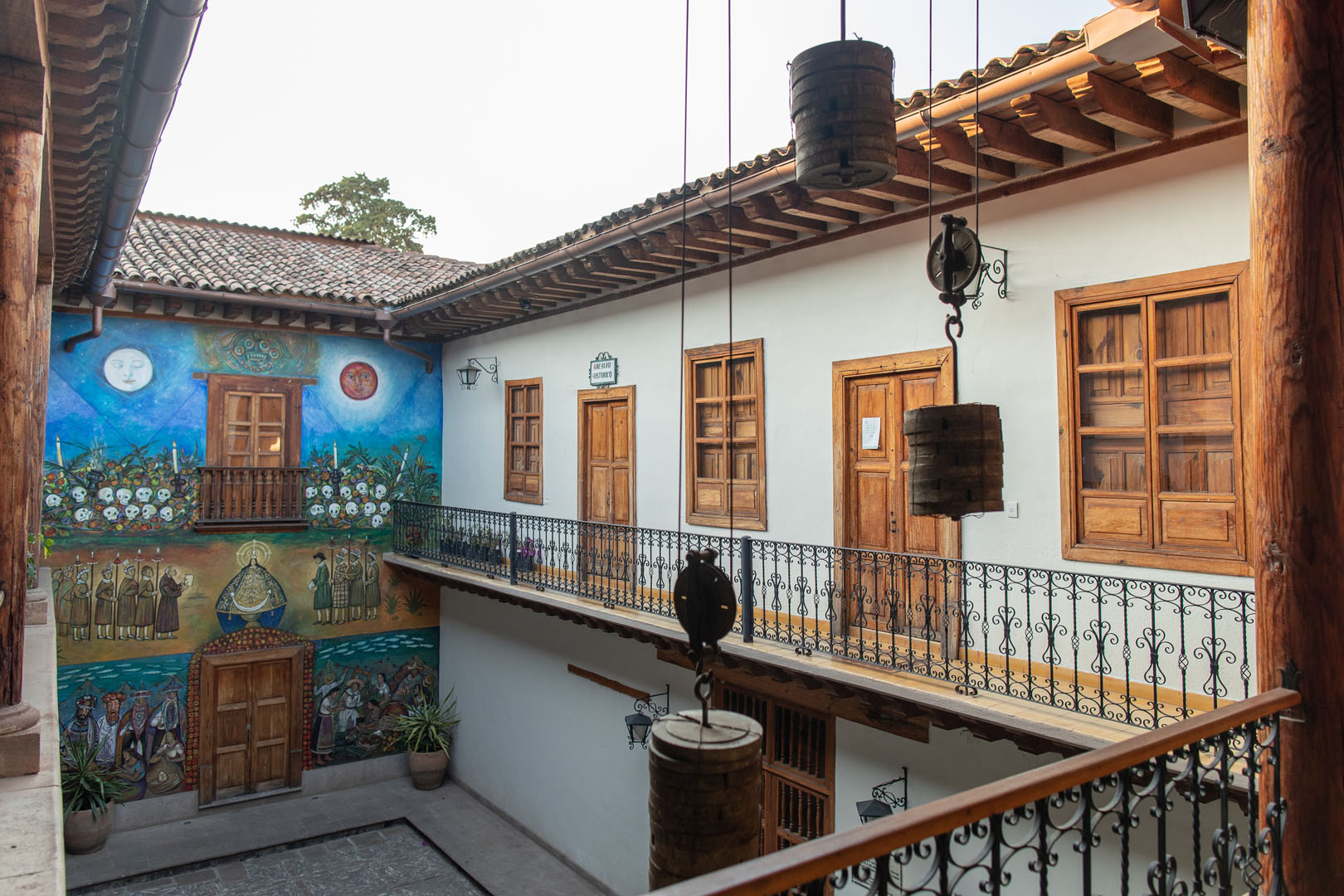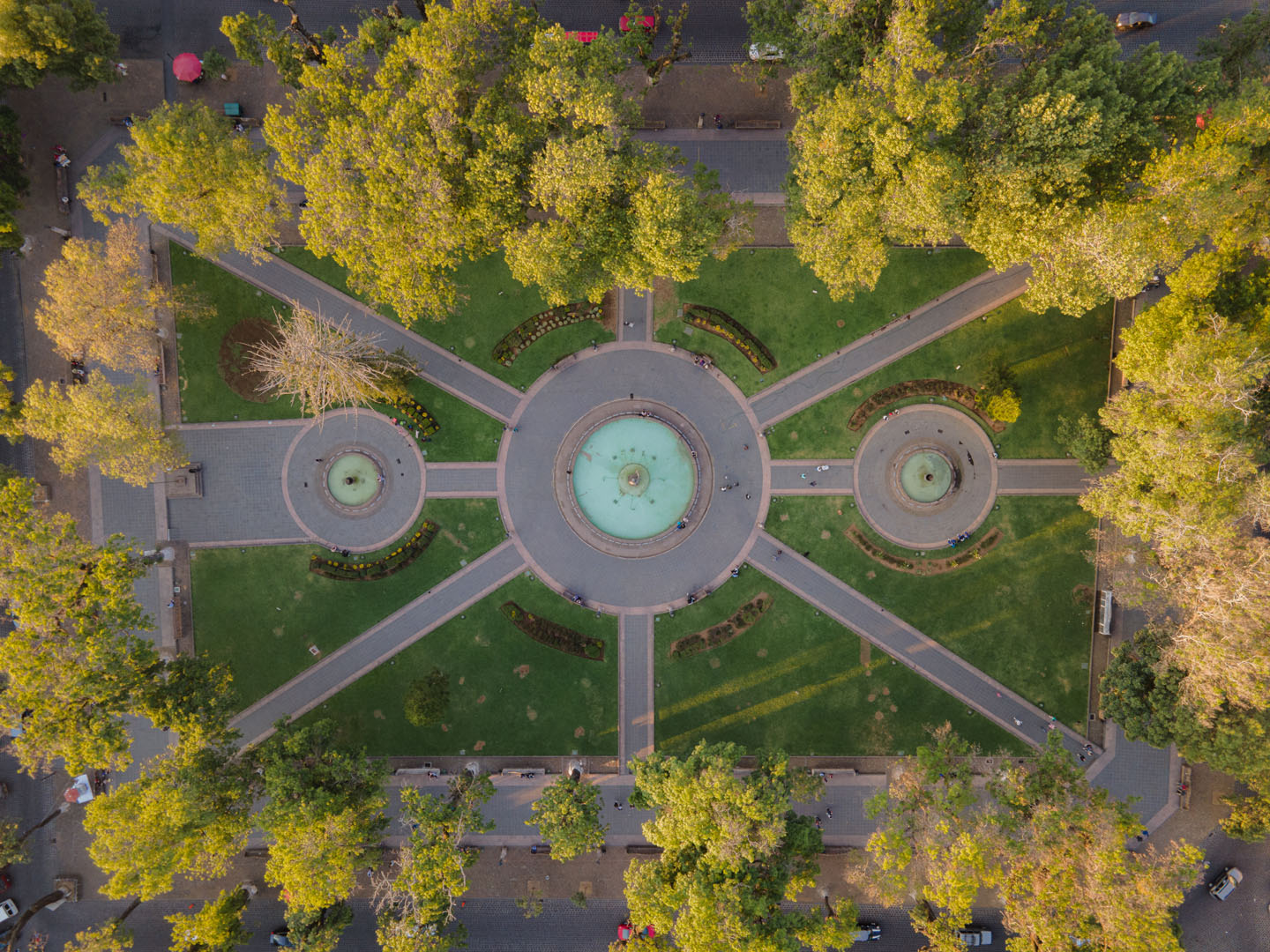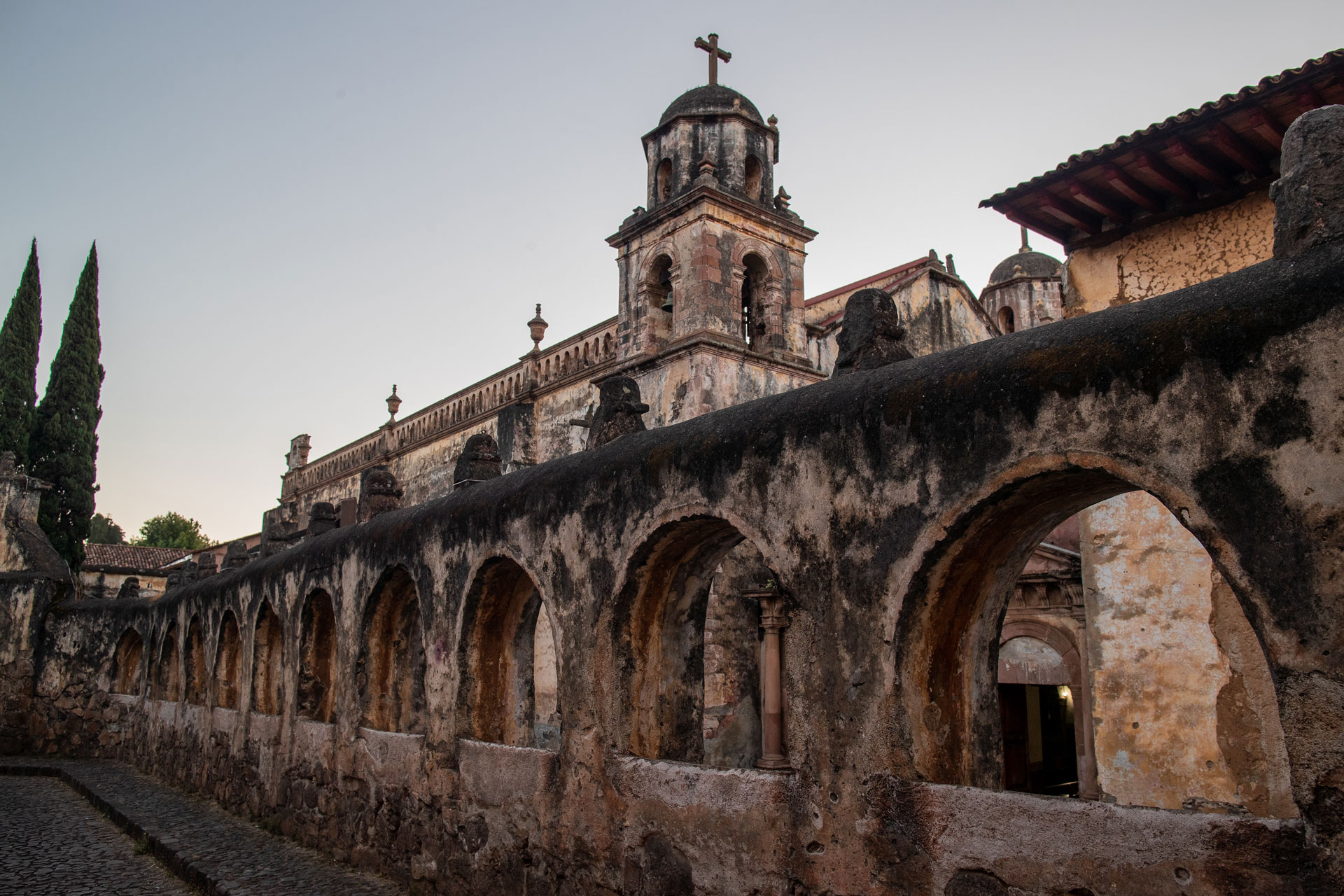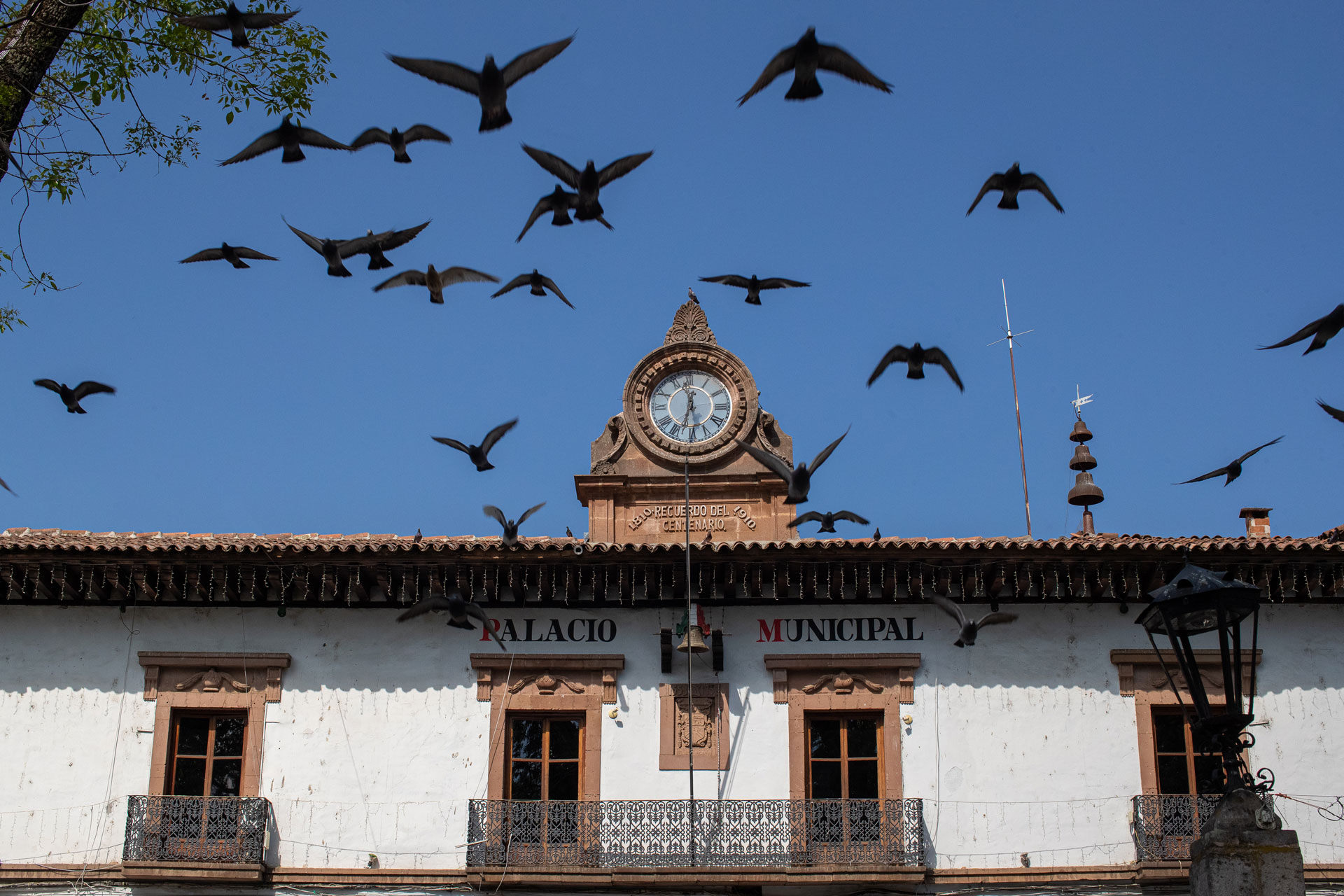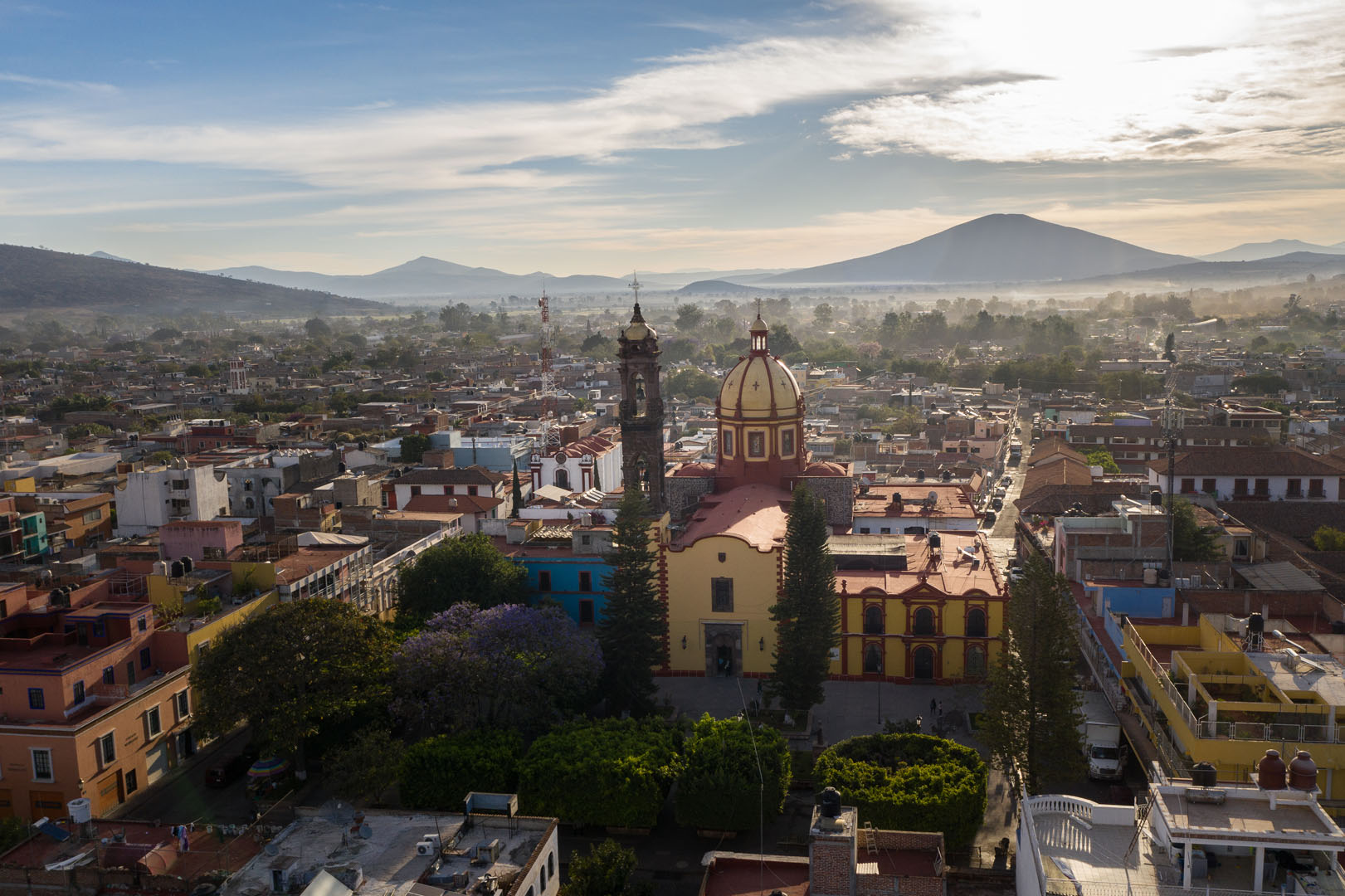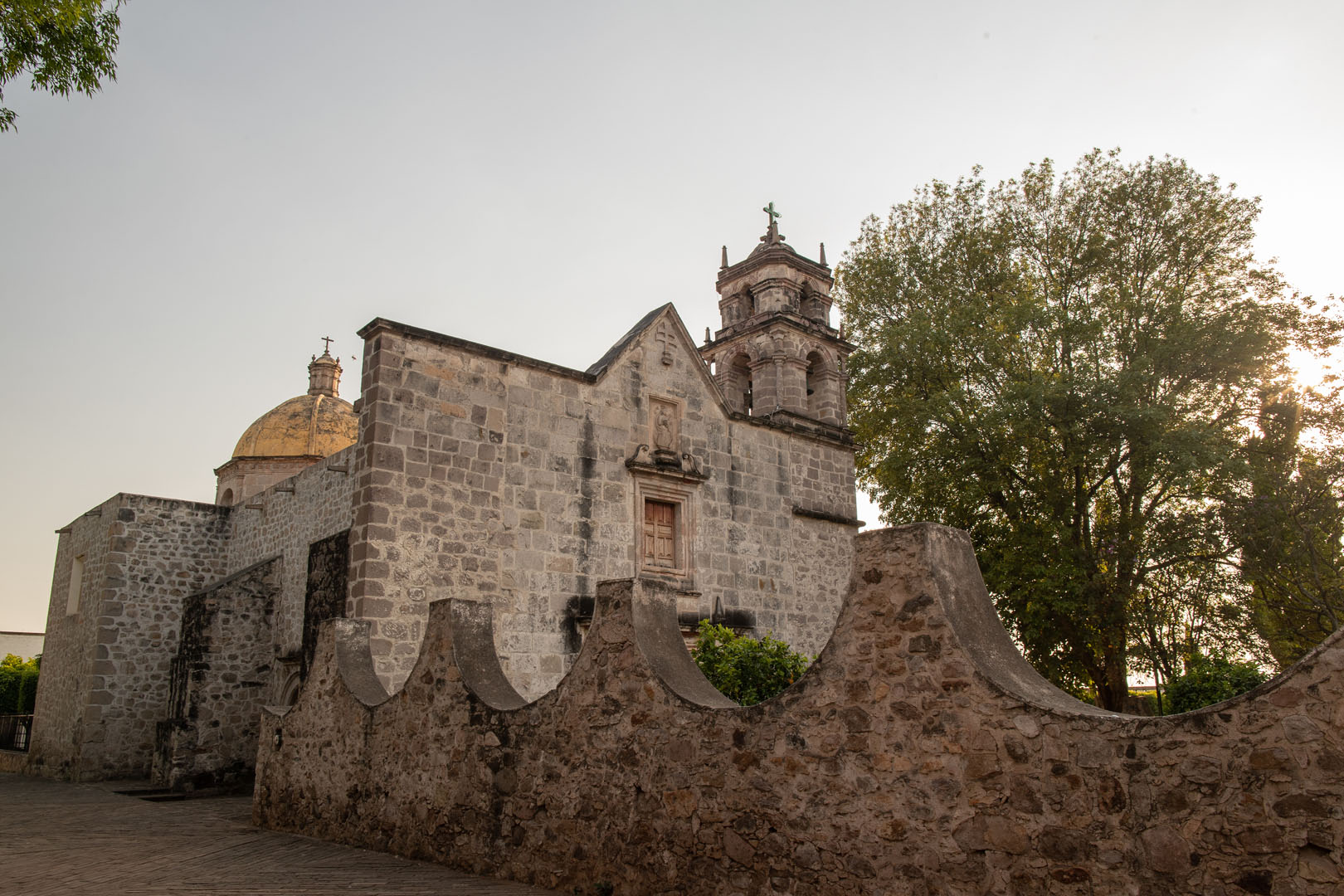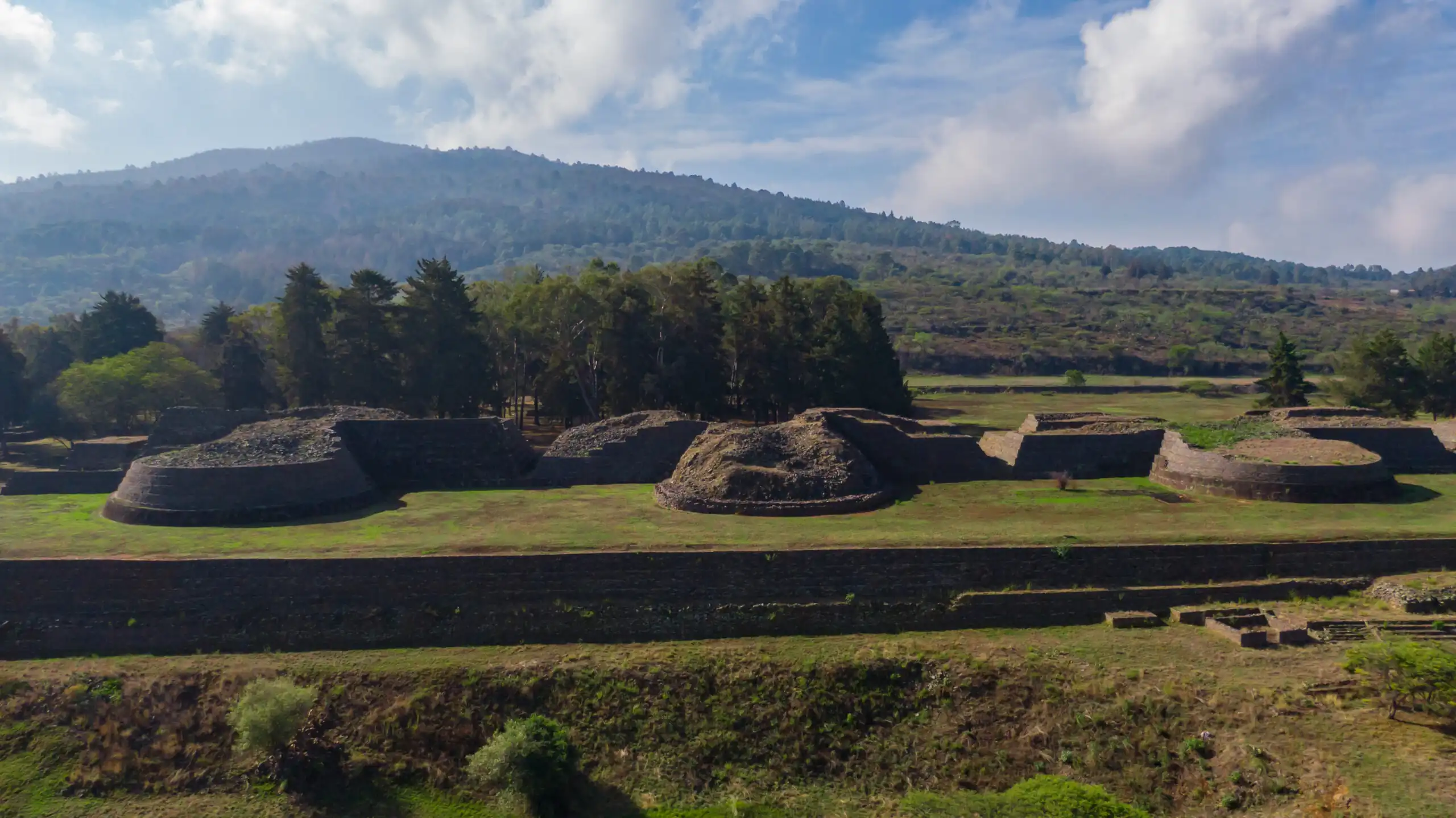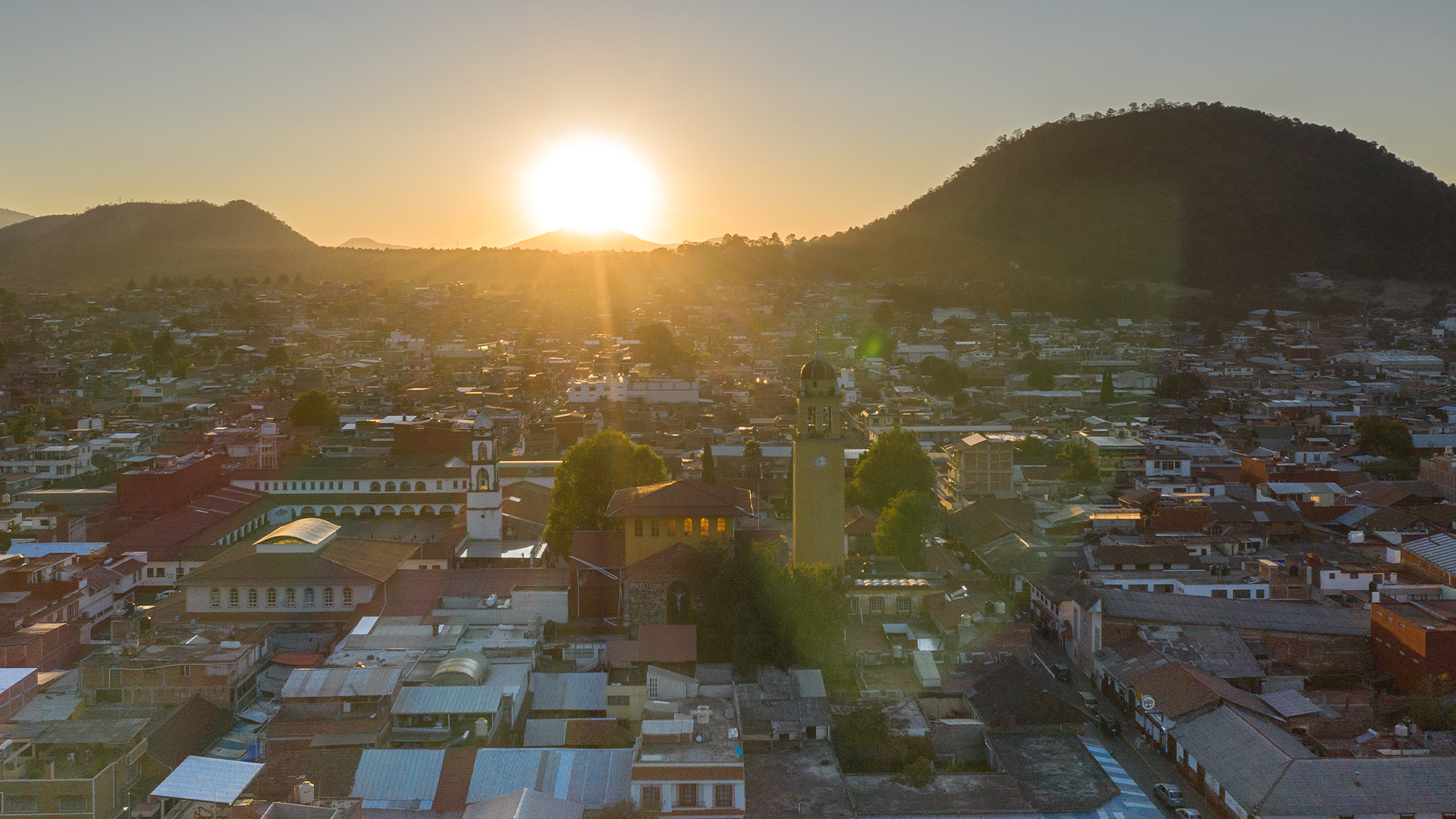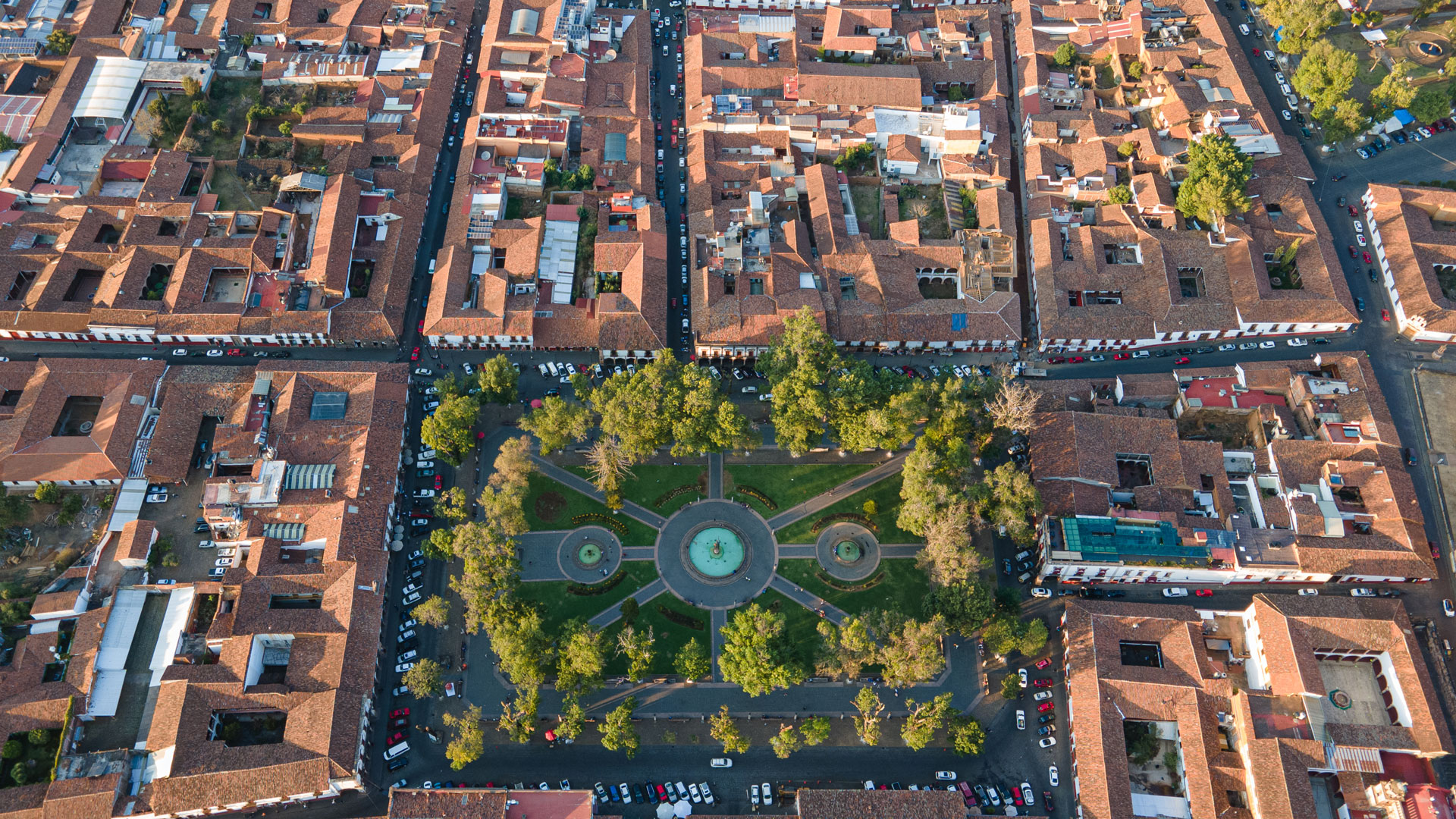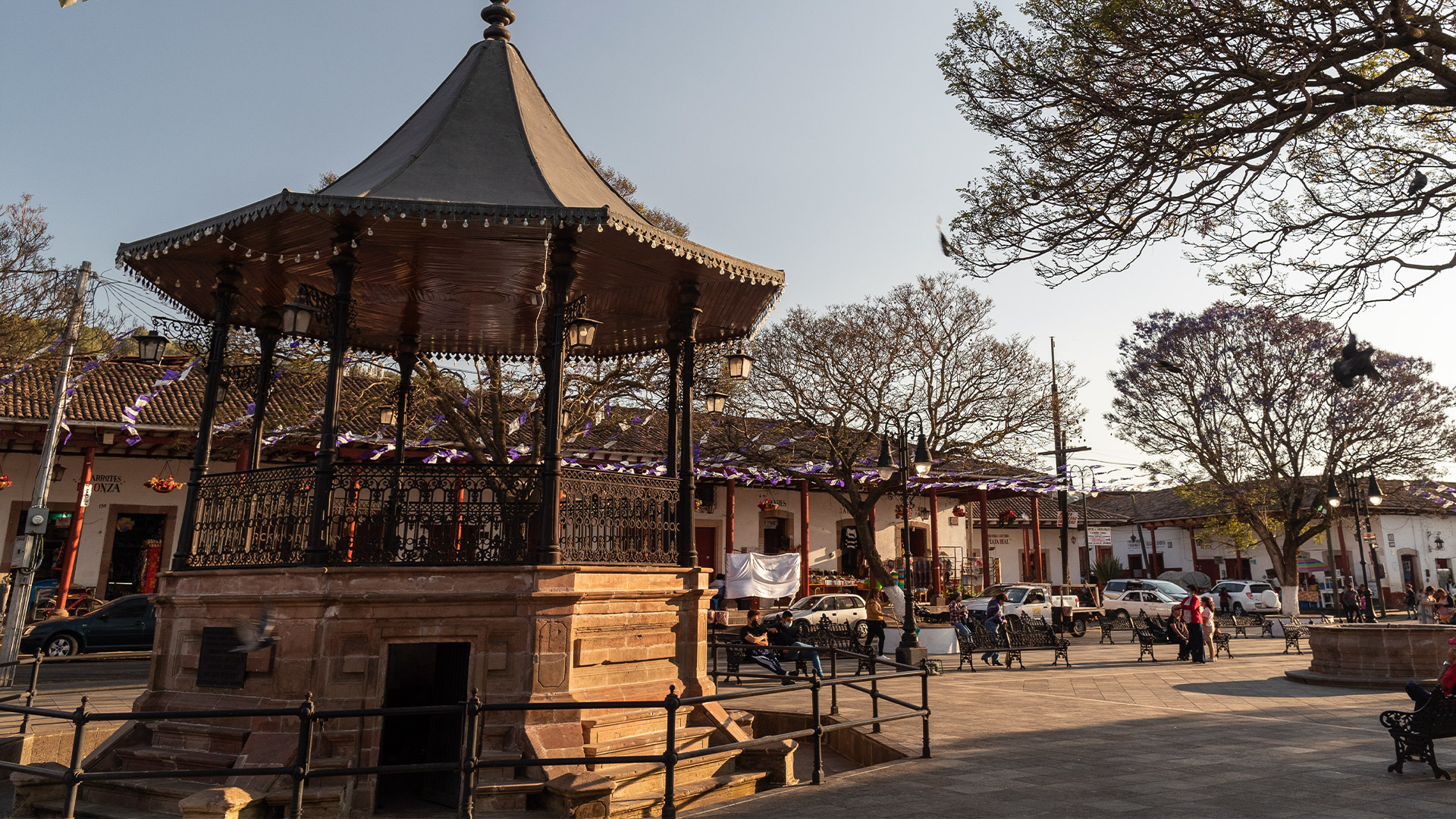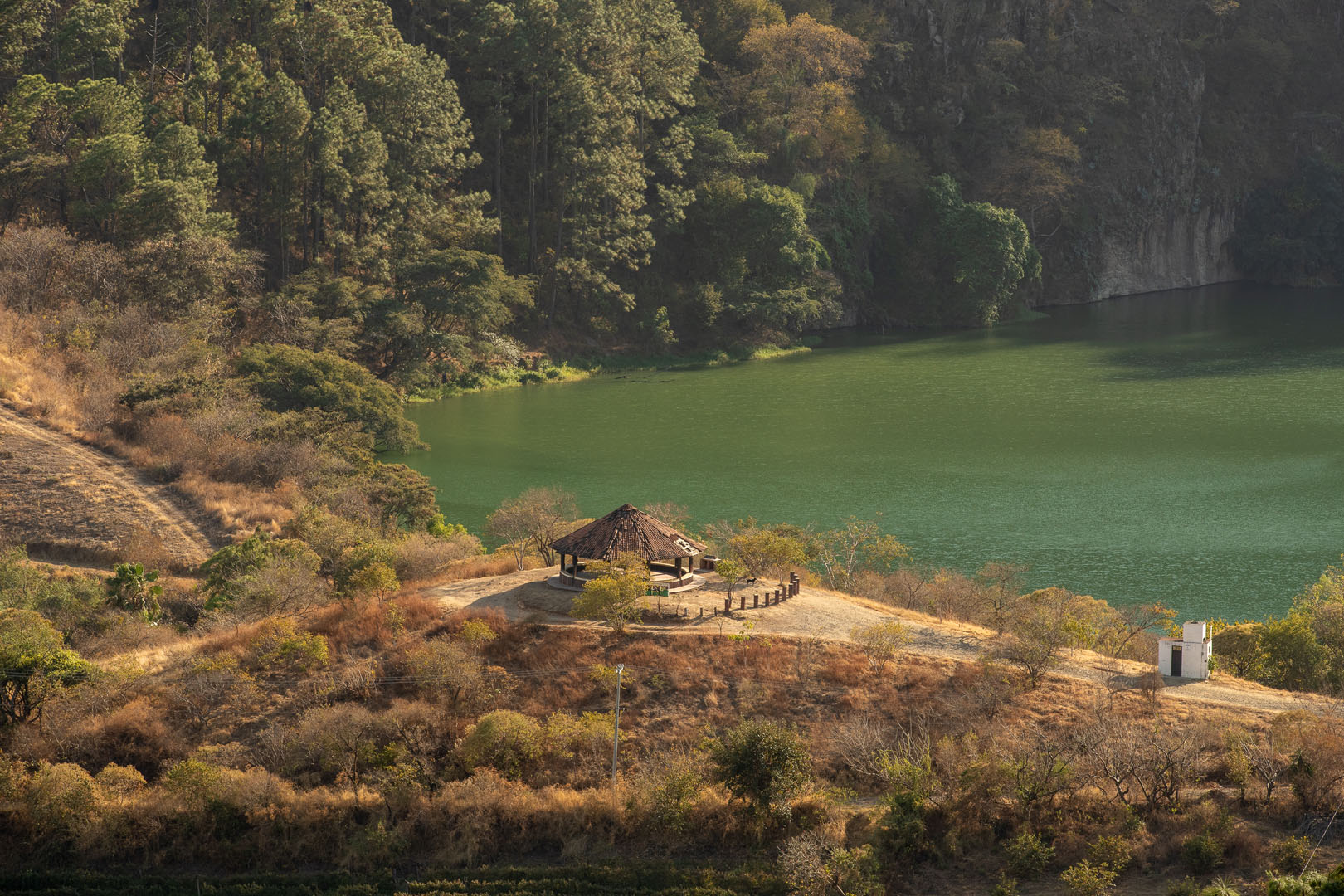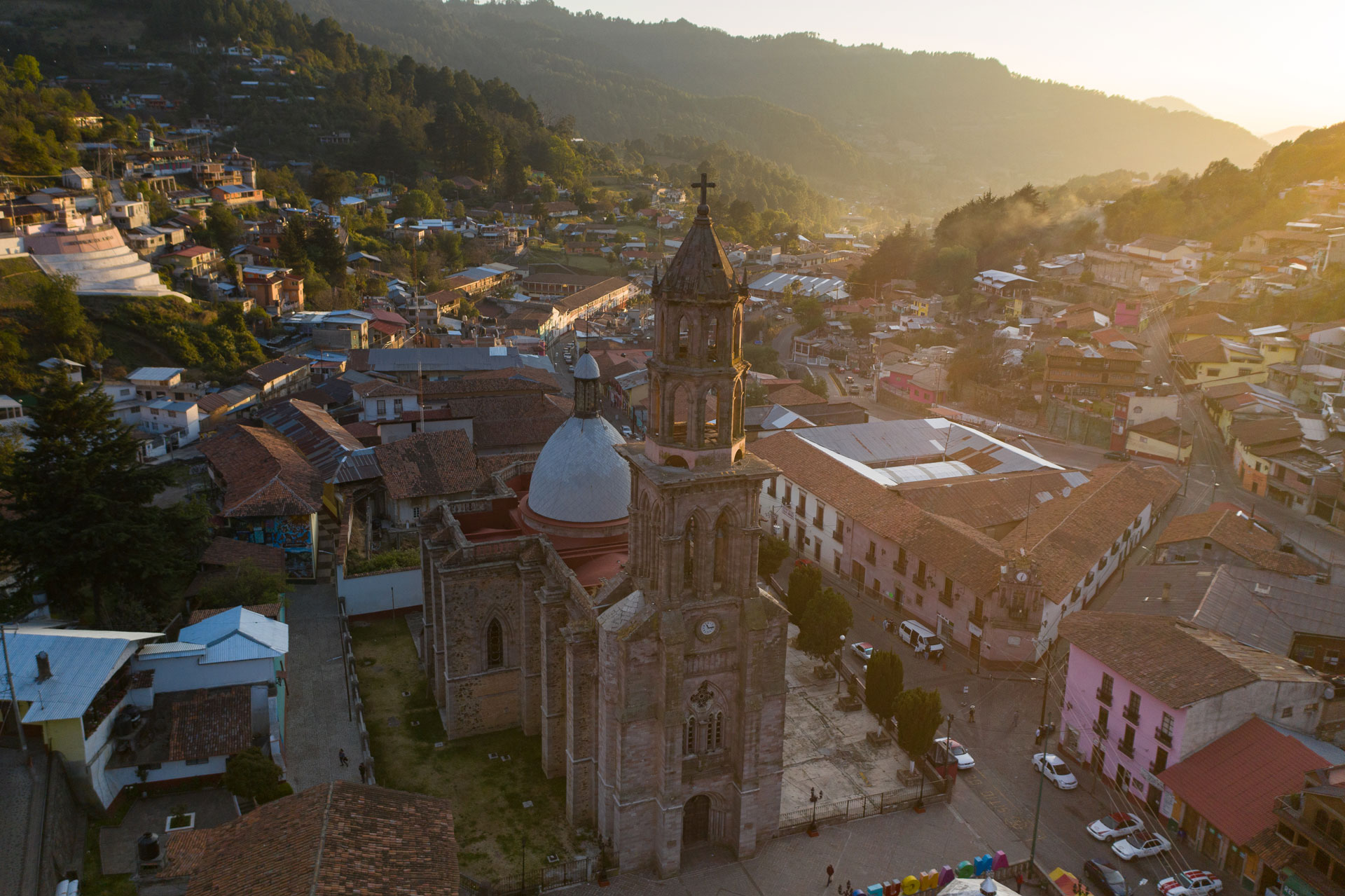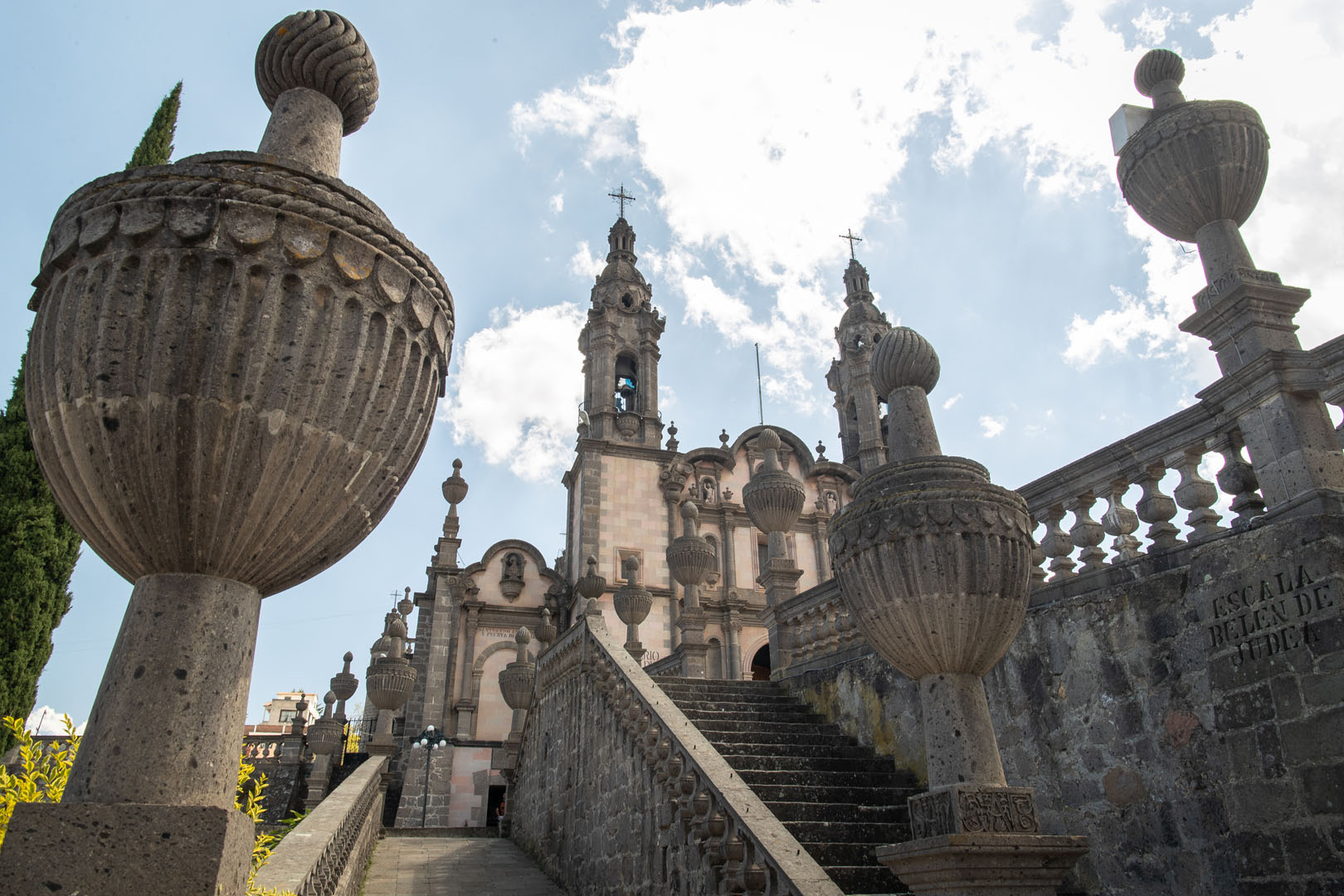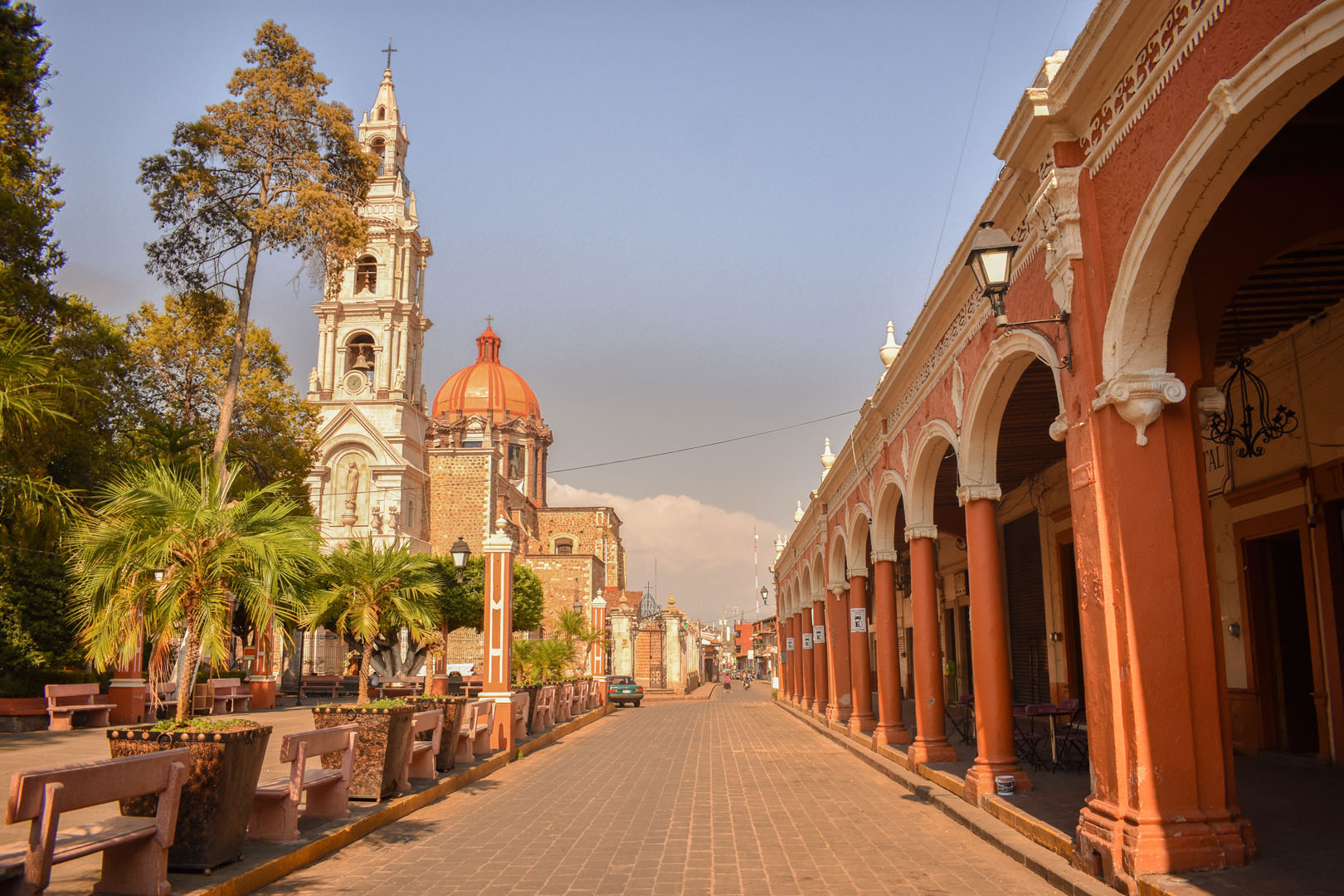Pátzcuaro
Discover
If you have ever wondered where “the door to heaven through which the gods ascend and descend” is located, you must visit Pátzcuaro, a Magic Town that is a symbol of Michoacán’s identity. This city, founded in the 14th century, not only stands out for its beauty and privileged natural environment, but also for its profound history that has left its mark in every corner. During colonial times, Pátzcuaro was transformed with the arrival of the Spaniards, but its indigenous essence remained intact, respecting the radial layout of its original temples. In this place, the colonial constructions are erected over ancient Purepecha sanctuaries, creating a unique architectural and cultural syncretism.
Pátzcuaro is a city that fascinates with its atmosphere of another era. Walking through its cobblestone streets and plazas is like traveling back in time, surrounded by historic buildings and legends that come to life at every step. One of the architectural jewels of the city is Plaza Vasco de Quiroga, the second largest colonial plaza in Mexico, notable for not being surrounded by religious buildings, something rare in the colonial urban layout. Here, life bustles in markets, craft stores and under the shade of century-old trees.
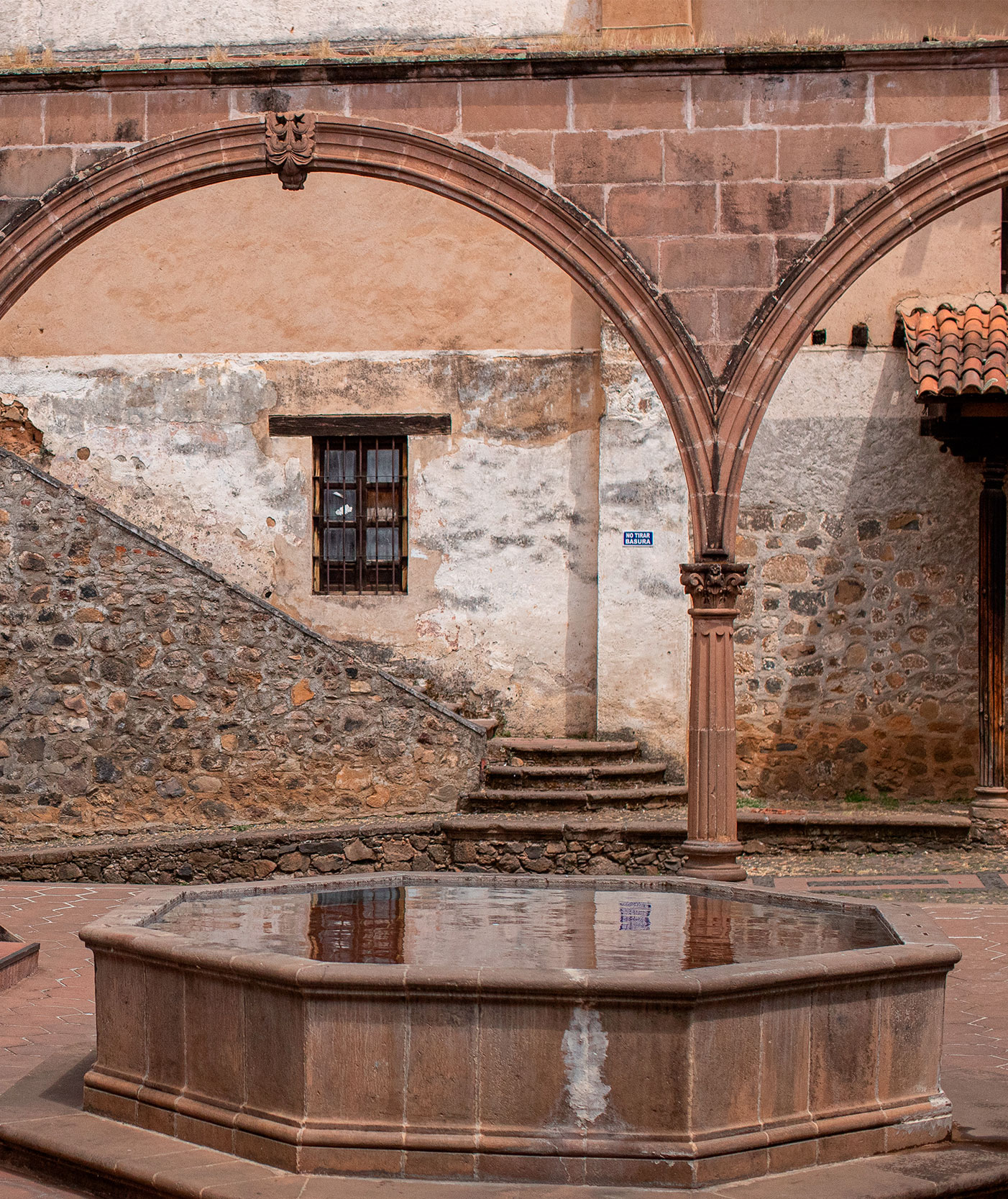
We recommend you to visit
- Plaza Vasco de Quiroga: One of the largest plazas in Mexico, surrounded by colonial architecture and lively markets.
- House of the Eleven Patios: A former convent that today is an arts and crafts center, where you can watch artisans at work.
- Museum of Popular Arts: A space that celebrates the creativity and diversity of Michoacán’s artisan traditions.
- Basilica of Our Lady of Health: Sanctuary dedicated to the patron saint of Patzcuaro, built over an ancient Purepecha temple.
- Gertrudis Bocanegra Public Library: Home to the historical mural by Juan O’Gorman, an essential work for understanding the history of Michoacán.
- Centro de Interpretación Ruta Don Vasco: A place where you can learn more about the influence of Don Vasco de Quiroga in the region.
- Templo de la Compañía de Jesús: A temple that mixes baroque and plateresque, symbol of the cultural syncretism of the region.
What you have to live
- January 17: San Antonio Abad Day: Pets and birds are adorned with flowers and taken to be blessed, in a celebration full of color and tradition.
- Shrove Tuesday (variable date): For three days, the “toritos” de petate roam the streets accompanied by music, folkloric characters and dances, in a vibrant and unique festivity.
- March 14: Luctuary Anniversary of Don Vasco de Quiroga: Cultural week with handicraft exhibits, organ concerts in the Basilica and traditional music presentations.
- Holy Week (March – April): Solemn processions through the streets of Patzcuaro, one of the most important religious celebrations in the region.
- September 28: Anniversary of the Founding of the City by Don Vasco de Quiroga: A celebration that pays homage to the founder of the city, with cultural and artistic events.
- November 1 and 2: Day of the Dead: Patzcuaro is one of the most emblematic places to experience this tradition, with altars, offerings and wakes at the lake.
- December 8: Day of Our Lady of Health: Performances of traditional dances, mojigangas and exhibition of handicrafts in honor of the patron saint of Patzcuaro.
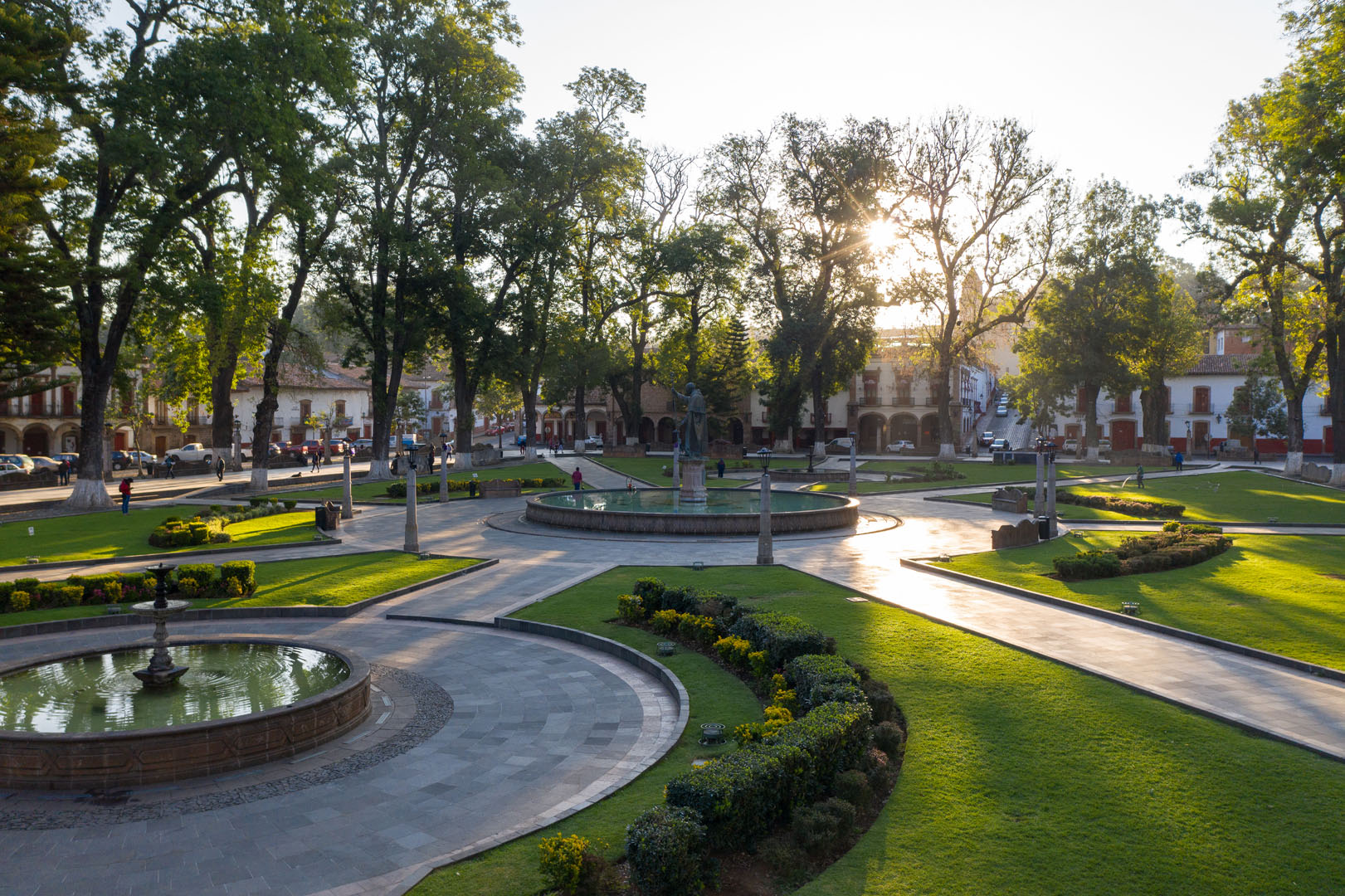
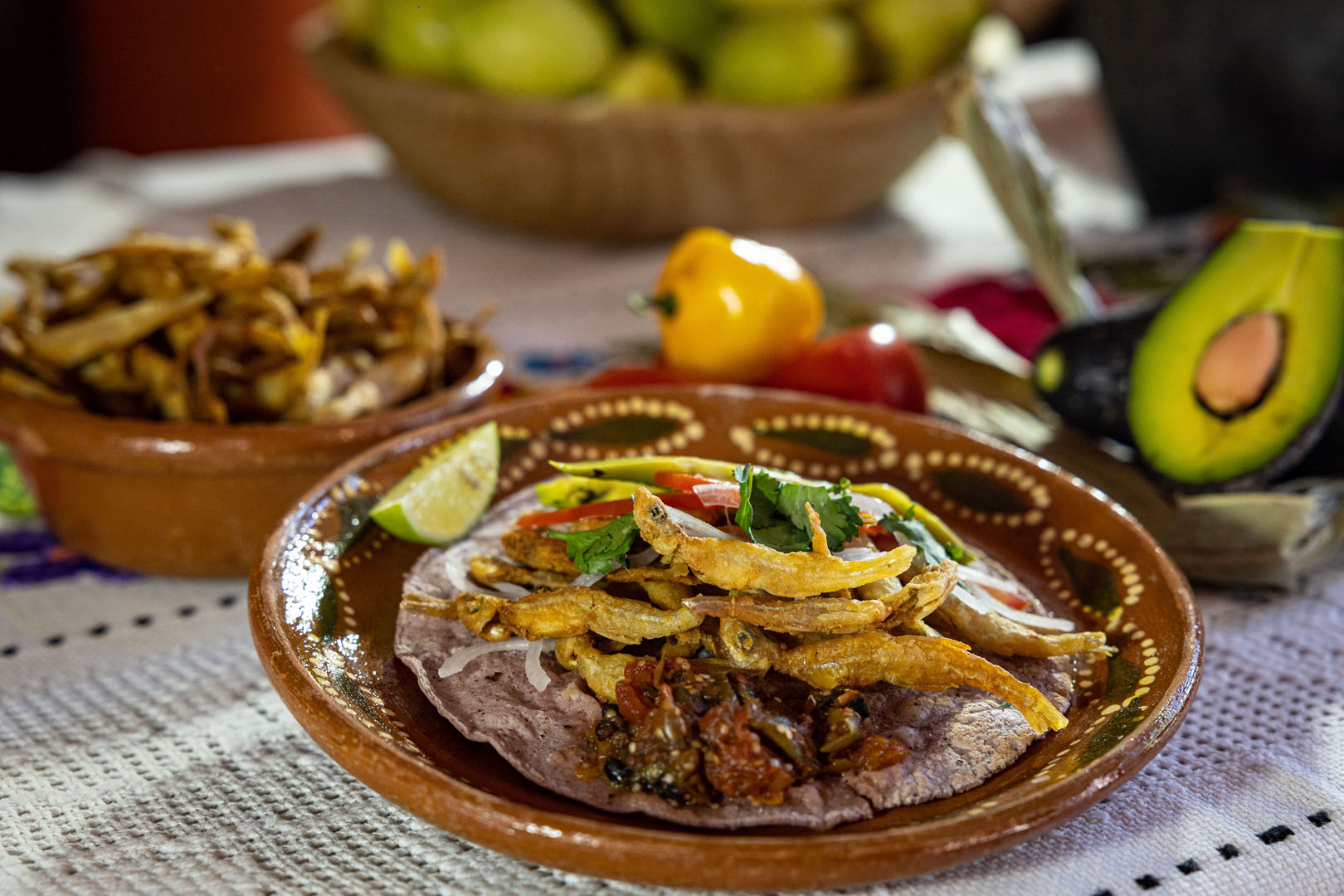
What you have to try
Patzcuaro’s gastronomy is a reflection of its rich cultural heritage:
- Charalitos: Small fish from the lake, fried and crispy, ideal as a snack.
- Corundas: Triangular tamales wrapped in milpa leaves, served with cream and cheese.
- Uchepos: Sweet corn tamales, soft and tender.
- Enchiladas placeras: A typical dish of the region, accompanied by potatoes, carrots and beef.
- Pasta snow: A traditional dessert with more than 100 years of history, ideal to refresh you during your walk.
Handicrafts
Patzcuaro is recognized for the quality and diversity of its handicrafts:
- Clay objects: Vessels, figures and decorations handmade with local clay.
- Textiles: Blankets, napkins and shawls woven in pedal loom.
- Maque incrusted: A unique art in the region, which consists of decorating objects with lacquer and gold.
- Pasta de caña: Figures and sacred art made with corn cane paste, a pre-Hispanic technique.
- Lacquer with gold outlines: Beautiful decorative objects with gold details, representative of Michoacan art.
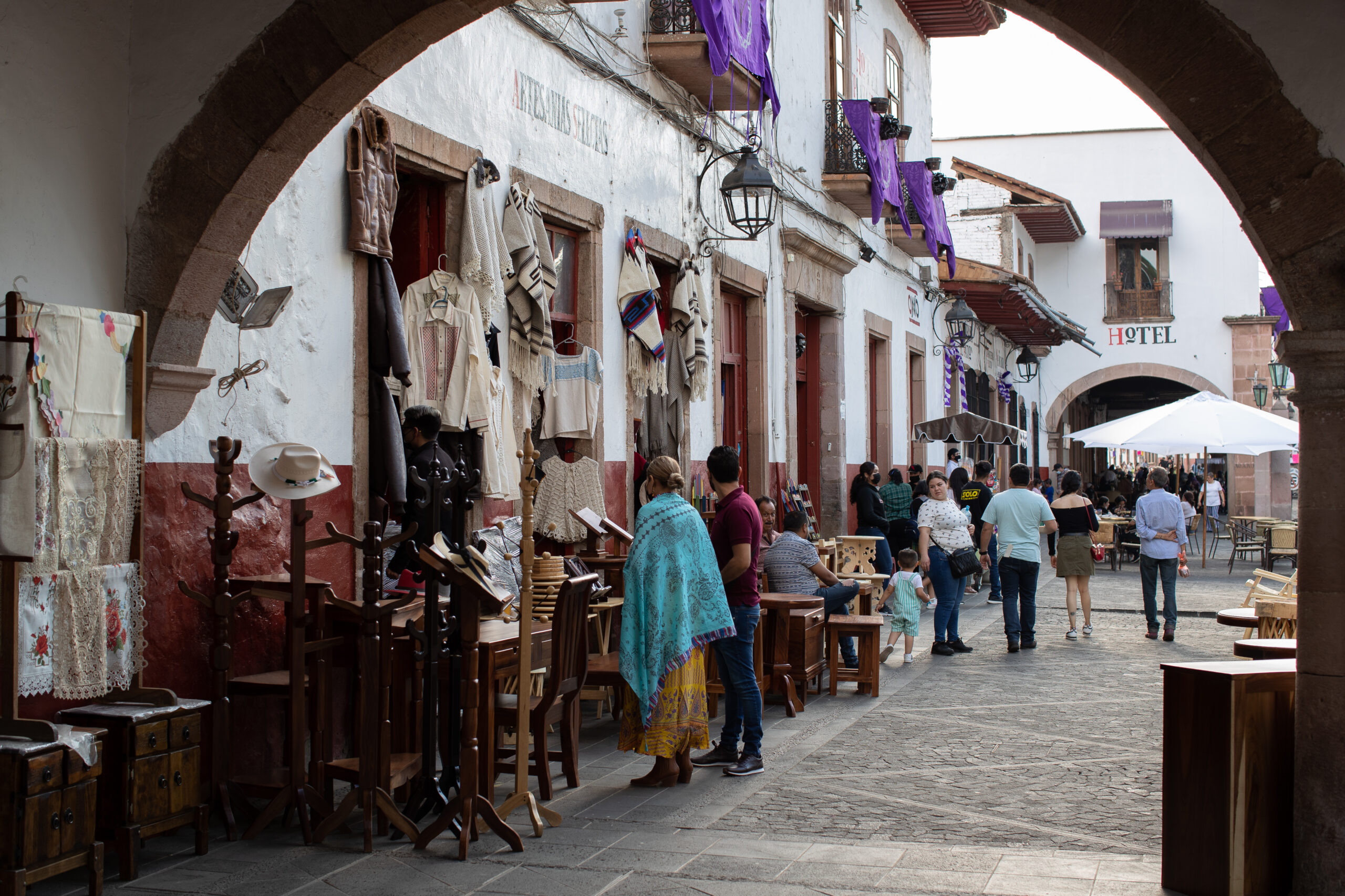
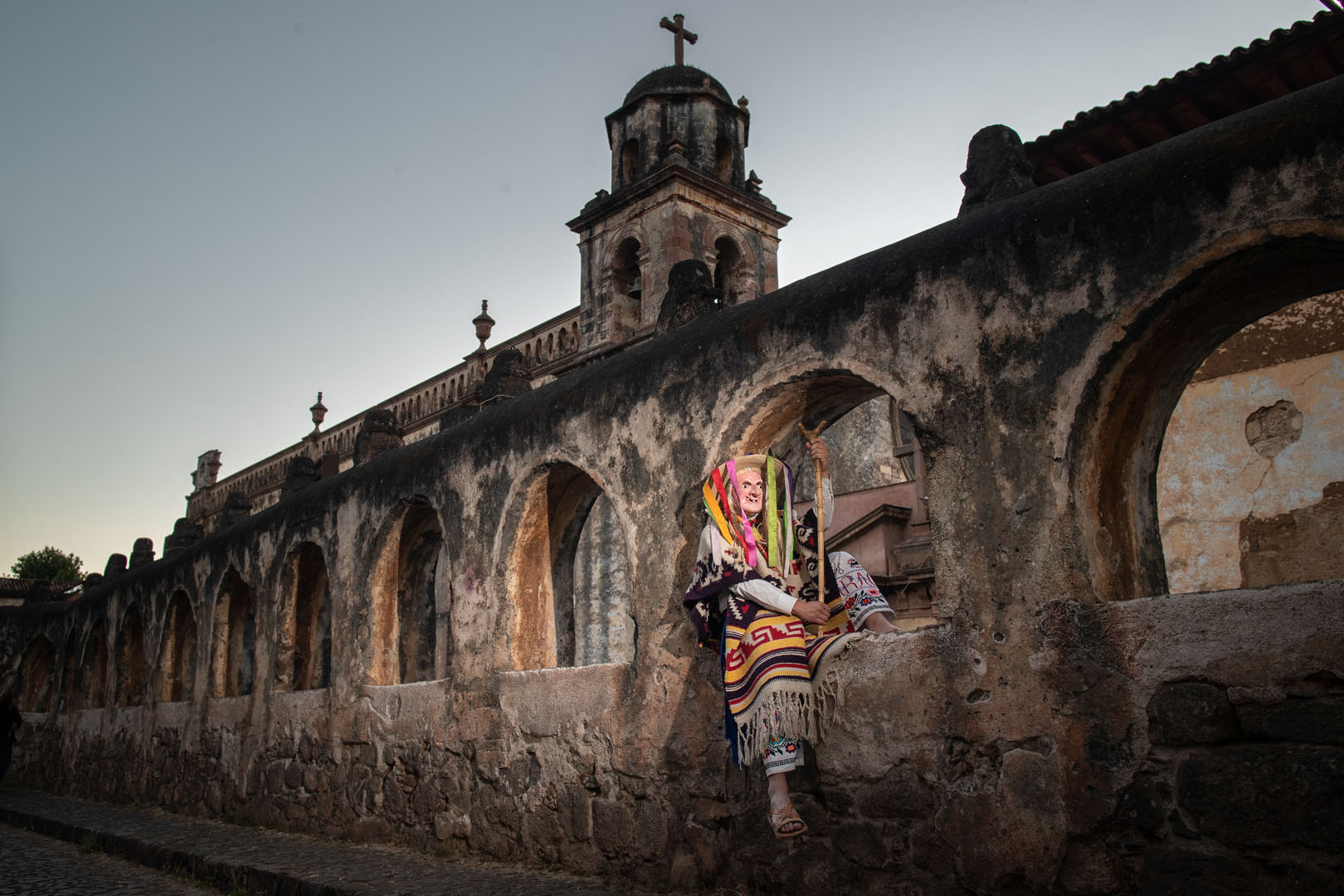
Patzcuaro is a destination where history, culture and nature converge to offer a unique experience. From its Purepecha legacy to its vibrant colonial traditions, every corner of this Magical Town invites you to discover the cultural richness and mysticism that make Patzcuaro an unforgettable place.
